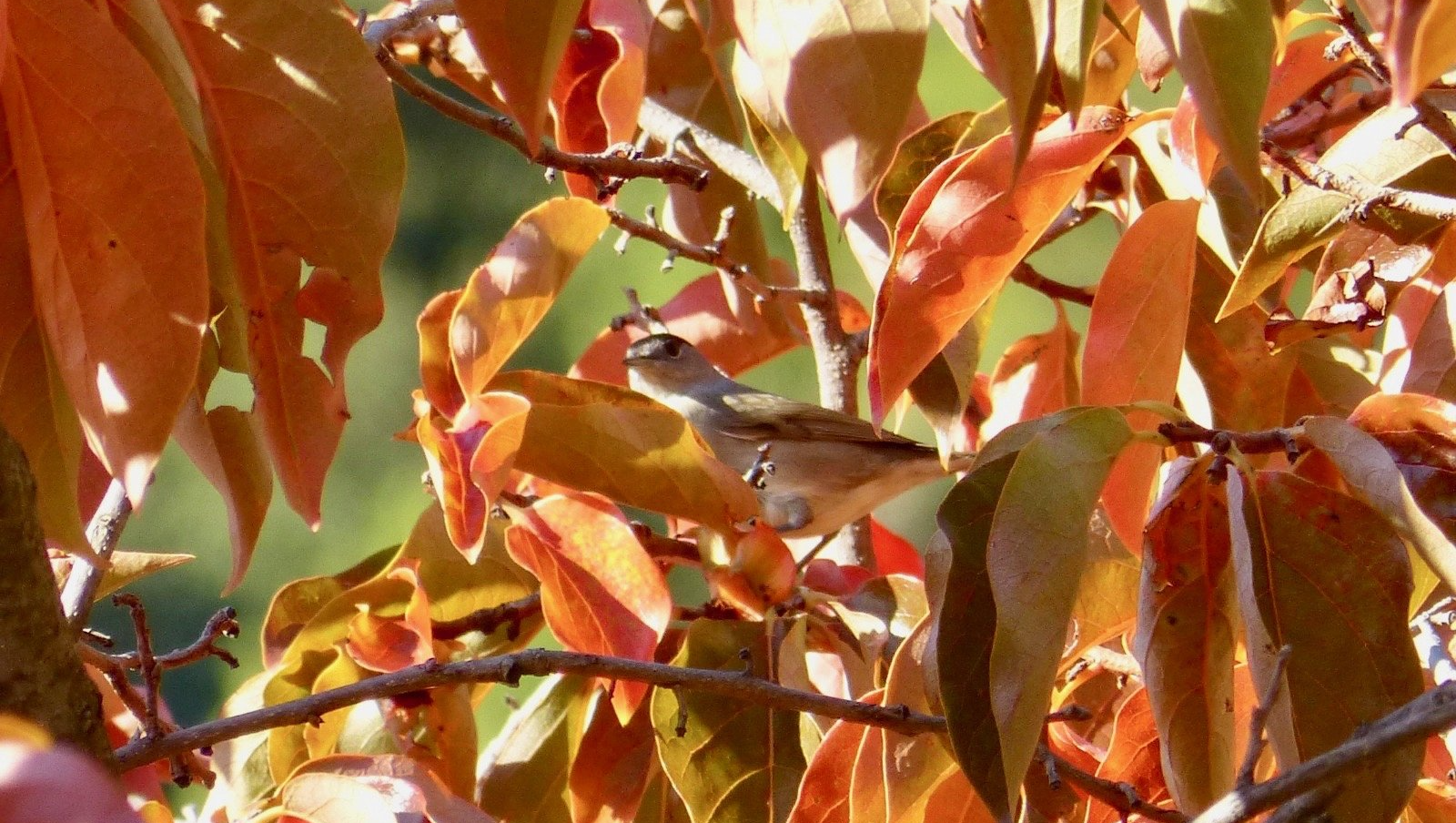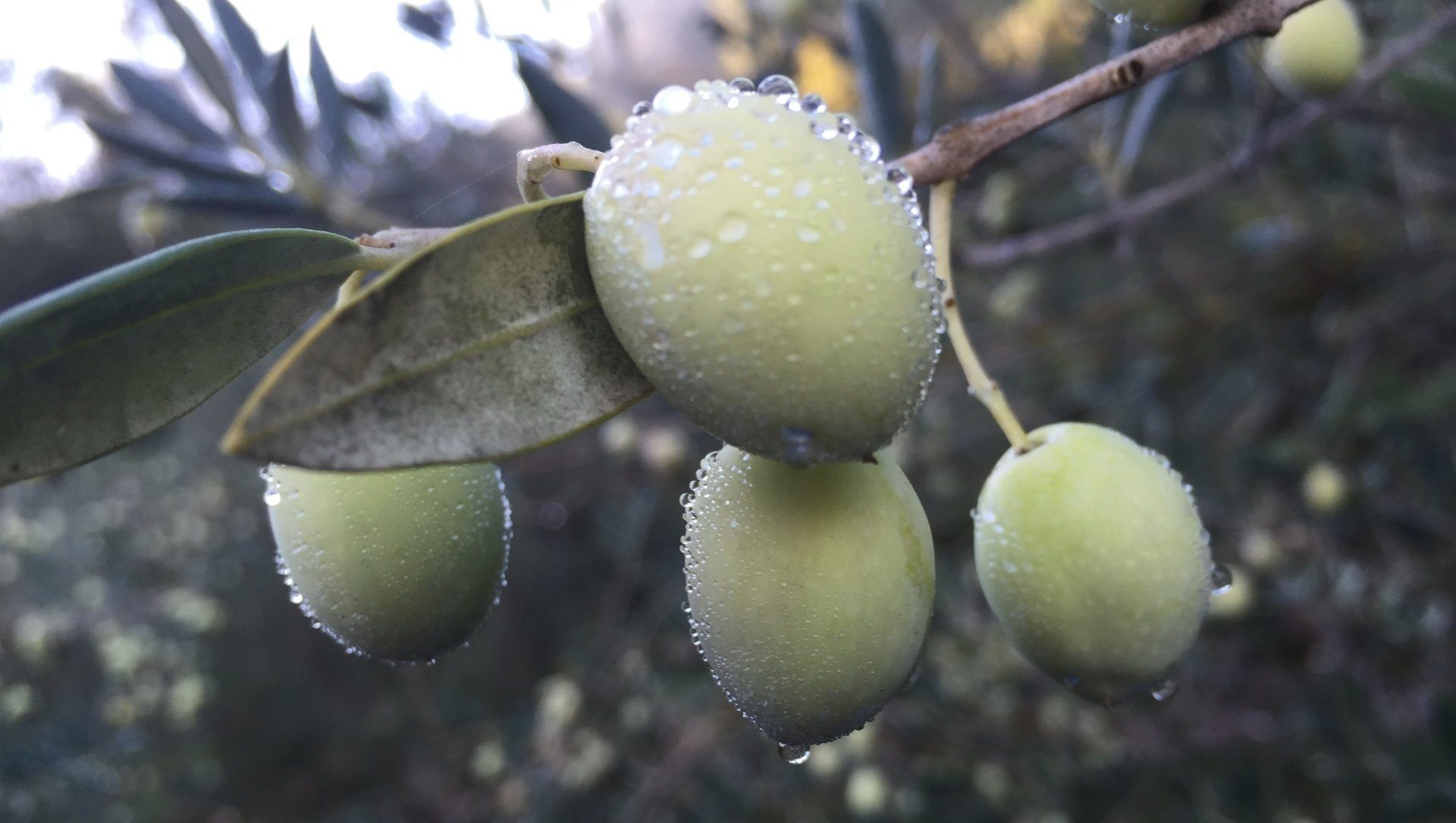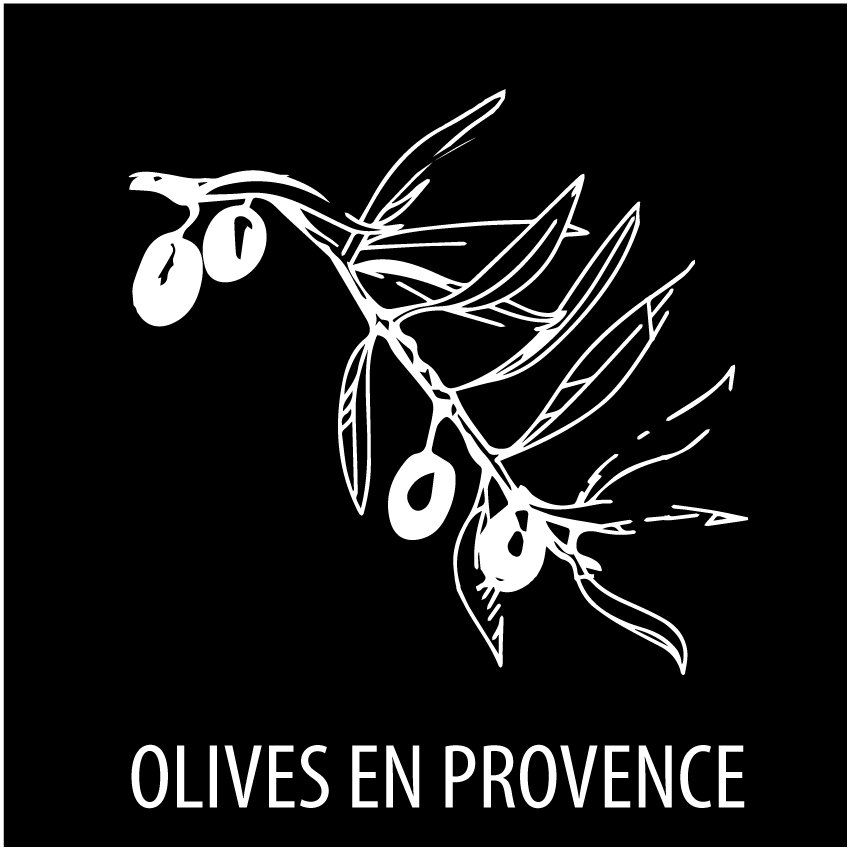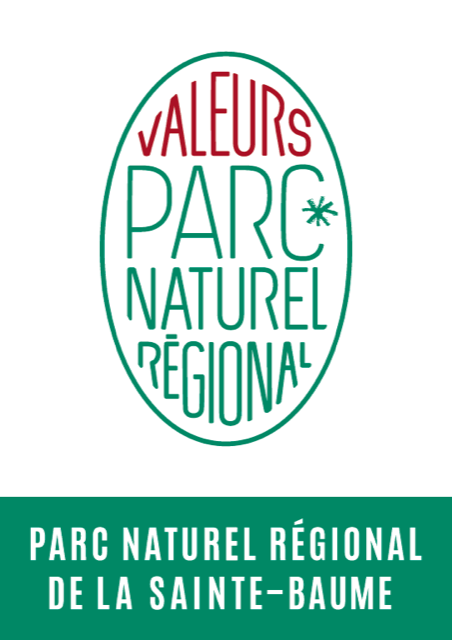What We Do
Regenerative Agriculture and Respect for the Environment

Since we came here and began renovating this farm in 2004, we have been committed to regenerating an environment so the multitudes of fauna and flora in this corner of Provence can find their natural harmony. Our agro-forestry integrates wild and domestic animals in the wooded areas and the olive groves to create genuine biodiversity and a stable environment, which in turn produces economic benefits across the whole farm.
Our sheep graze among the olive trees and in the woods in moveable parks leaving their manure, controlling the grass and gently working the soil between the olive trees with their feet. Our sheep are quite rural so keep the woods clean too and our chickens and geese range at liberty whenever it's safe for them (buzzards and Brer Fox permitting!)
There is a rich variety of animals, birds, and insects here, many of them on protected lists: Bonelli eagles, buzzards, various hawks, the Grand Duc owl, and delightful nightingales in May. Wild boar, deer, foxes, martens, and badgers are often seen out and about at night. There are fantastic wild flowers, butterflies and beetles. The range of species is not surprising as none of the owners here have ever used chemicals, insecticides, or fungicides. See some of these on our “Olives en Provence” Facebook page, our Instagram site and our Youtube channel where you can make a "virtual" visit to see our Gite.
Establishing our officially certified Organic status

In 2010, the European Union declared our land and a region around us as Natura 2000, and in 2018 our farm was included in the new Sainte-Baume national park. We were very pleased as these structures reinforce our own commitment to finding the right balance between humans and natural habitats, principles which are appreciated too by our guests.
In 2014, we quit the “A.O.C Huile d’Olive de Provence” which had imposed numerous rules on olive tree varieties, how we planted them in 2007, on harvesting and marketing (and only ever visited when we told them we were quitting!), and we switched to Organic Certification for which we are audited every year. So now, everything we produce on the farm is certified Organic – olive oil, saffron, truffles, jams, chutneys, eggs, fruit, vegetables, etc
In 2015, we finished our new agricultural barn and installed our own olive press, a superb machine from OMT Spa in Florence. Now we have complete control over the whole process from growing the olives to bottling our own organic Extra Virgin fruité vert cold press olive oil.
And this
wonderful video gives a great view of our olive farm, our olive harvest and the whole process of producing our delicious olive oil. It's a busy but fun time shared with friends and family who fly by to give us a welcome helping hand.
Holiday Apartment Rental on an Olive Farm
History of the Domaine
Domaine des Escavalins was not always a super-comfortable farm holiday rental! In the Middle Ages, it was called “Le Morsum Cavallinum“, one of four ancient farmhouses, bastides, in the little Provençal village of Belgentier. Olive trees and other fruit trees, like cherries, apricots, and almonds have been grown here for hundreds of years.
The setting is exceptional. Thanks to a dramatic arena of cliffs, the bastide is protected from the Mistral winds. There was an ancient water source which ran all year even in the hot summers, and there are stunning views out to the Mediterranean Sea in the distance. So, this was always going to be a place people wanted to live.
According to the local Chamber of Agriculture, some of the oldest olive trees round the house were planted over 1,000 years ago. The stone terrace walls, called restanques, were built by hand slowly during the centuries afterwards. Legend has it that gangs of prisoners from Toulon worked on these during the Napoleonic period.
Location
There are stunning views from the Domaine. Belgentier is 2 kms away as the crow flies across the Valley du Gapeau, a charming, typical Provençal village of only 2,000 people with real character, once famous for its paper mills, leather, and chocolate.
And beyond the village over green wooded hills, you can see the Mediterranean glittering in the distance 24 kms away. Our Domaine borders land belonging to the Carthusian monastery at Meounes-les-Montrieux which is part of the Order of La Chartreuse, famous for its very strong green and yellow Chartreuse liquor.
Above the bastide behind the cliffs, there are 8,000 acres of Provençal forestry in the recently created Regional National Park of Sainte-Baume. There are masses of walks from the house, including the GR9 Grande Randonnée long-distance footpath, and many other options nearby which appeal to guests who stay in our farm holiday rental.
Renovation
We came here in 2004. The farm had been abandoned and was horribly overgrown for nearly 50 years since the terrible frost on 14 February 1956 which killed 80% of olive trees in the Var.
In 2006, we cleared the land, removed thick undergrowth which hid ancient terrace walls, and cut down dozens of big pine trees which had grown like weeds since the frozen olive groves were abandoned decades before. We removed tree-trunks, roots, and stones which we used to make new restanque walls.
In 2007, we re-planted the new fields with 2,000 young olive trees using varieties and planting distances which conformed with the rules of the label of quality “A.O.C Huile d’Olive de Provence”. Three years later, we made our first commercial super fresh green “fruité vert” Extra Virgin cold press olive oil!
Award Winning Holiday Gite
Then, in 2018, our Domaine des Escavalins was nominated the very first winner of the “Valeurs Parc” label of quality accolade, the best holiday rental apartment to stay in the Sainte-Baume national park.
Activities on the farm during the year include:
Managing the olive trees goes on all year round, pruning ⅓ of the trees in early spring, spraying them in summer with fine powdered organic clay to repel the fruit fly (the tiny particles of clay stick to the fly’s hairy little legs and it flies off!), cutting grass growth in early autumn around the olive trees in preparation for harvest, then harvest in mid-October to November.
Other activities include repairing stone restanque walls knocked down by the wild boar, woodland management, picking the brilliant orange saffron stamens during olive harvest time, moving our small flock of sheep from place to place among the olive trees, and lambing in January.
The historical symbiosis between sheep and olive groves perfectly suits our philosophy of regenerative agriculture. Sheep keep the grass down, prune the lower branches of the olive trees, and spread around their own cheap, most useful fertiliser!
If you are interested to learn more about olives, we suggest you start with a look at the France Olive / AFIDOL website or at the International Olive Council which is based in Madrid.






